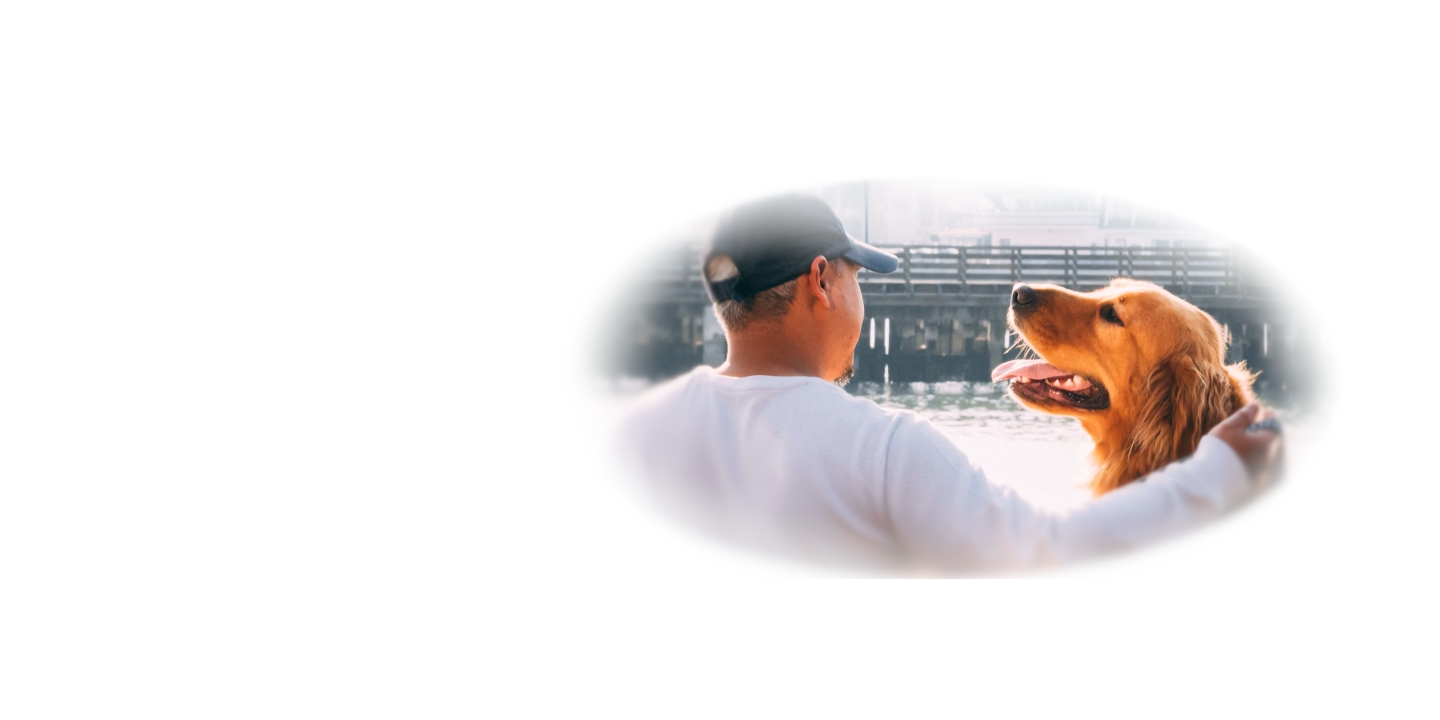Reverse Sneezing
Overview
Also known as paroxysmal respiration, reverse sneezing is a relatively common event which causes many dog owners to believe that their dog is in respiratory distress. Irritation in the nasopharynx (the area in the back of the nose and above the hard and soft palates) initiates a reflex that results in a series of multiple, loud, sudden, rapid inhalations and what appears to be labored breathing.
Which dogs are typically affected?
It can occur in dogs of any age and equally in both males and females, neutered or intact. Any breed can be affected though it is reported more frequently in dogs under 15 kg than in medium to large dogs. It is also more common in brachycephalic breeds.
What does reverse sneezing look like?
As opposed to normal sneezing in which there is airflow out through the nose, in reverse sneezing the airflow is inward and the opening (glottis) to the windpipe (trachea) is closed.
The dog will typically be in a standing position with the neck extended, the head tilted backward, and the elbows pointing outward. The nostrils are usually flared, the mouth closed, and the lips pulled back. Episodes can last from a few seconds to minutes and can recur at variable intervals.
What causes reverse sneezing?
In many cases it may be a mechanism for removing dust, allergens, or other irritants from the upper respiratory tract.
Other causes include:
- Excitement
- Pulling too hard against a leash
- Eating or drinking too quickly.
- Foreign material (e.g. plants) in the upper respiratory tract
- Infections (e.g. viral, fungal, bacterial)
- Parasites (nasal mites)
- Masses
- Lower airway disease
- Brachycephalic Obstructive Airway Syndrome (due to elongated soft palate)
- Gastrointestinal disorders (e.g. vomiting)
- Many cases do not have an identifiable cause
Is there a treatment for reverse sneezing?
For most dogs these events are both sporadic and mild, and no treatment is necessary. They typically return to normal quickly on their own. In some cases, dog owners may find the episodes resolve more quickly by gently massaging the throat, holding the nostrils closed for a few seconds, or even blowing into the dog’s face to encourage swallowing. Comforting and calming the dog can also be helpful.
For dogs that have frequent or more severe episodes of reverse sneezing, the veterinarian may treat for allergies and mites to see if there is an improvement. If symptoms persist, a sedated oral exam, x-rays of the head, and rhinoscopy may be performed to look further for a cause such as a mass or foreign object. Dogs with an elongated soft palate and other signs of respiratory distress may benefit from surgery to shorten the soft palate.
Outcome
The prognosis is excellent for most dogs that exhibit reverse sneezing. The diagnosis in many cases will be idiopathic, meaning that no cause can be determined.

